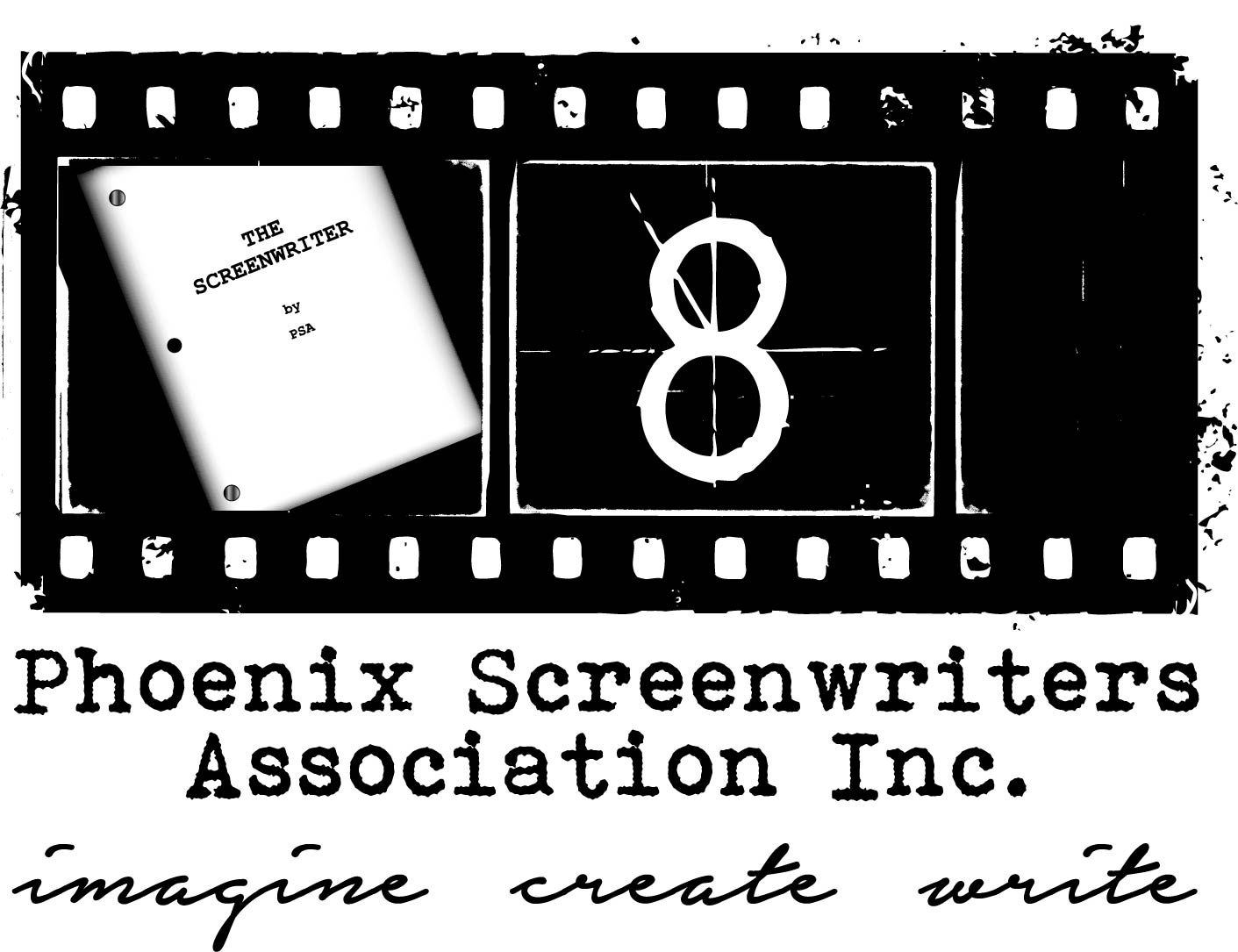Write in Pictures, Not in Words: Show, Don’t Tell
As screenwriters we know our number one maxim: Show, don’t tell. The craft of screenwriting is somewhat unique among literary forms in that the written word will eventually need to be transformed into moving images, sequences of dialogue and actions. A screenplay is not like a poem, or a well-written novel. In these cases, what’s put on the page stays that way. Rather, a screenplay is really a set of instructions-WHO says and does WHAT to WHOM and most importantly, WHY. Even more than that, the final exposition needs to follow somewhat standard conventions-length, pacing, dramatic ups and downs, etc. Given these requirements it’s important that once you have the overall workings of your story mapped out (the treatment)-BOTH the sequence of events (the plot) and the emotional story, that kernel of truth that your story tells (the premise), only then should you start writing. That’s not to say you can’t begin drafting some scenes that come to you, or some great dialogue that pops into your mind. Certainly write these down. But as you begin to draft your script start by imagining your treatment as though you’re watching it in real time! Visualize your story.
Here are some exercises to begin “writing in pictures” as you draft the first version of your screenplay. Keep in mind your task is to give information to the audience by showing rather than explicitly telling them the information when possible.
- Clarence and Robbie are brothers. It’s critical information the audience needs early on in your story. Do you write dialogue to handle it which can come across awkwardly. They know they’re brothers. So maybe a framed photo of them as kids, an insert close-up of the photo, then the camera pulls out revealing the two of them standing there. If you think the audience needs more guidance then maybe Robbie picks it up and says, “Wow, our house back in Dayton. Good times back then.” Less on-the-nose.
- Marci is recently divorced. Your story takes place in the sunbelt. Maybe her date’s attention is drawn to her hand, her suntan revealing a bare spot where her wedding ring used to be. You can pick up dialogue from that point as needed.
- Computer screens, photos, personal belongings sitting in frame can all give your audience story information in little to no precious screen time. A sink of dirty dishes, dead flowers, stacks of unopened mail all convey passage of time in a single VISUAL moment. No words needed. It’s amazing how much visual information your brain takes in moment to moment. Leverage that in your writing. It not only helps keep your story moving along, it capitalizes on the dramatic strength that the medium of film provides and separates it from all other forms of storytelling. It’s visual storytelling. We’ve been at it for millennia. Think of the Lascaux Cave Paintings (https://www.bradshawfoundation.com/lascaux/)
So as you type away, stop periodically and think- How could I describe this moment in my story as a “wall painting” so to speak. Visualize it in such a way that your words translate to an image on the screen that not only conveys information to your audience, but instantly grips them emotionally. Gretchen walks along the street as her daughter rides her bike several feet behind her with her doll riding on the handle bars. Suddenly a car comes along and strikes her daughter down. -OR- Gretchen walks along the street as her daughter rides her bike several feet behind her with her doll riding on the handle bars. A loud screech, then a thud. A closeup of a doll flings in the air. Gretchen turns, etc.
Keep writing.
About T Severe:
Screenwriter, filmmaker and PSA Board Member, T Severe, has just finished filming his second feature film titled, The Seed of Consequences.

